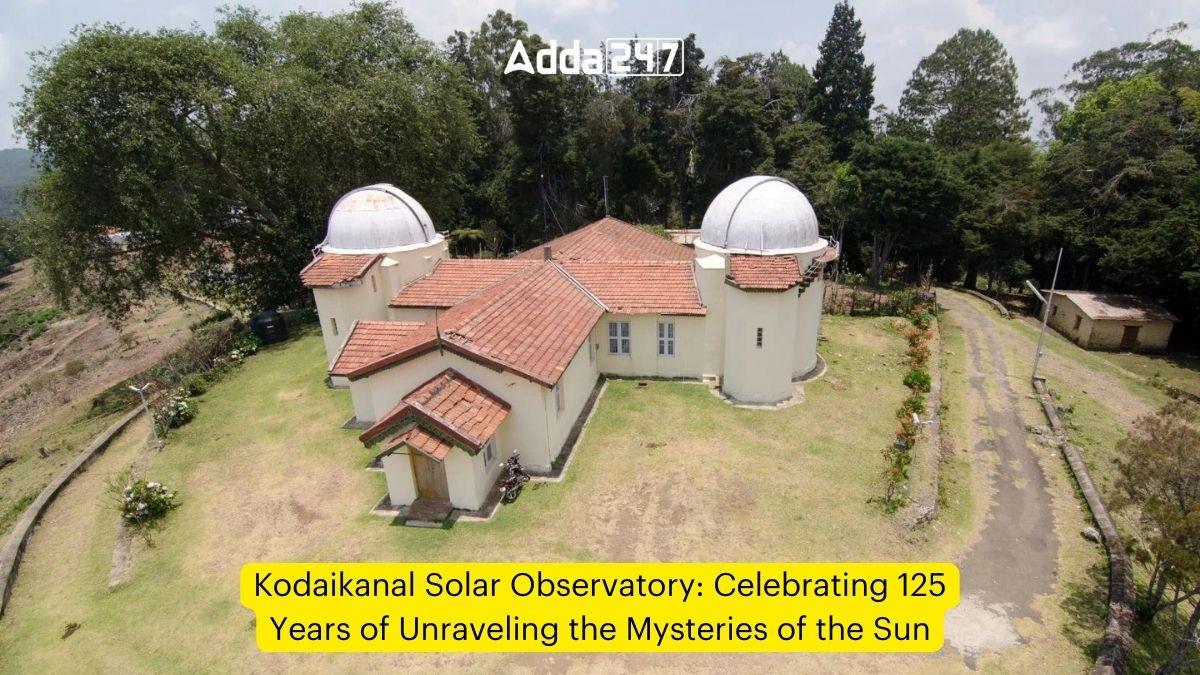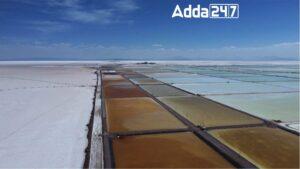Perched atop the picturesque Palani Hills in Tamil Nadu, the iconic Kodaikanal Solar Observatory (KSO) recently commemorated a remarkable milestone – its 125th anniversary of studying the celestial body that sustains life on Earth, the Sun. On April 1, 2024, the Indian Institute of Astrophysics (IIA), an autonomous institute under the Department of Science and Technology, organized a grand celebration to honor the legacy of this historic observatory and felicitate the scientists who have dedicated their lives to advancing our understanding of our star.
A Legacy Etched in Time
Established on April 1, 1899, by the British, the Kodaikanal Solar Observatory has been a cradle of groundbreaking research in solar astrophysics for over a century. Throughout its illustrious history, the observatory has been the birthplace of numerous pathbreaking discoveries that have profoundly impacted our perception of the Sun and its intricate workings.
One of the most remarkable achievements of KSO is its possession of one of the longest continuous daily records of the Sun in the world. This unique database, comprising more than 1.2 lakh digitized solar images and thousands of new images captured every day since the dawn of the 20th century, has been painstakingly preserved and digitized, making it a treasure trove for astronomers from across the globe.
Tracing the Origins
The roots of the Kodaikanal Solar Observatory can be traced back to the Madras Observatory, established in 1792, which laid the foundations for India’s foray into the realm of astronomical exploration. Over time, this seed of scientific curiosity blossomed into the IIA, an autonomous institution under the Department of Science and Technology, with KSO operating as one of its esteemed field stations.
Celebrating Achievements and Honoring Pioneers
During the 125th anniversary celebrations, IIA paid tribute to the rich history of KSO and the countless scientists who have contributed to its success. Prof. Annapurni Subramaniam, the Director of IIA, highlighted the observatory’s legacy and the continuous innovation required to keep pace with the ever-evolving technological landscape while transferring skills through generations of scientists.
Prof. Siraj Hasan, a former Director of IIA and a renowned solar physicist, reflected on the groundbreaking discovery of the Evershed Effect, an observed radial flow of gas in sunspots, made at the observatory in 1909. He also shed light on the herculean efforts undertaken to digitize the entire scientific dataset, a invaluable resource for astronomers worldwide.
Raising Awareness and Inspiring Future Generations
S. Seetha, a former Director of the Space Science Program Office at ISRO, underlined the importance of incorporating the Kodaikanal Solar Observatory’s significance into school and college textbooks, ensuring that future generations of students are aware of this unique and remarkable institution.
A.S. Kiran Kumar, the former Chairman of ISRO and the current Chairperson of IIA’s Governing Council, unveiled the KSO 125 logo for the anniversary celebrations, along with a booklet detailing the observatory’s history and research highlights. He emphasized the incredible scientific value of the 125 years of continuous solar observations and challenged the astronomers of today to continue making new discoveries using this dataset with modern tools.
Legacy and the Future of Solar Exploration
The event brought into focus the Kodaikanal Solar Observatory’s pivotal role in deciphering the Sun from Indian soil, a legacy that spans more than a century and a half. From chasing solar eclipses and discovering the element helium in 1868 to unraveling the intricate plasma processes that govern the production of prominences and flares, KSO has been at the forefront of solar exploration.
This rich legacy continues to be carried forward through IIA’s cutting-edge projects, such as the Visible Emission Line Coronagraph onboard the recently launched Aditya-L1 and the proposed National Large Solar Telescope in Ladakh. These initiatives are poised to push the boundaries of our understanding of the Sun and solidify India’s position as a global leader in solar astrophysics.
As the Kodaikanal Solar Observatory celebrates its 125th anniversary, it stands as a testament to the unwavering pursuit of knowledge, the relentless dedication of generations of scientists, and the enduring human fascination with the celestial wonders that grace our skies.



 Mankind Pharma Acquires Bharat Serums an...
Mankind Pharma Acquires Bharat Serums an...
 Discovery of Lithium Resources in Mandya...
Discovery of Lithium Resources in Mandya...
 What is Blue Screen of Death?
What is Blue Screen of Death?
